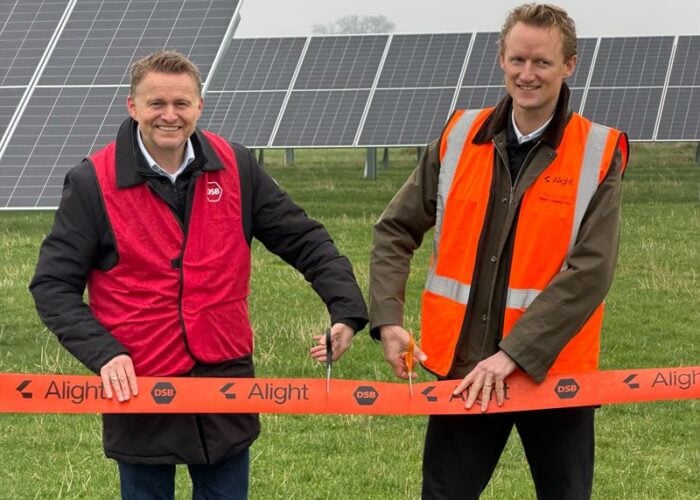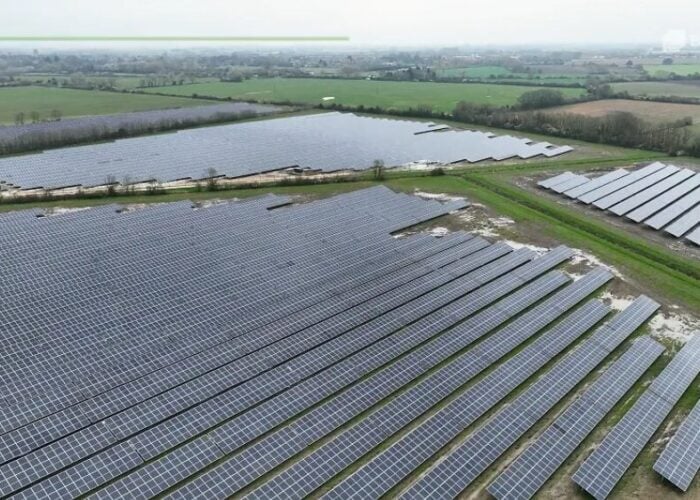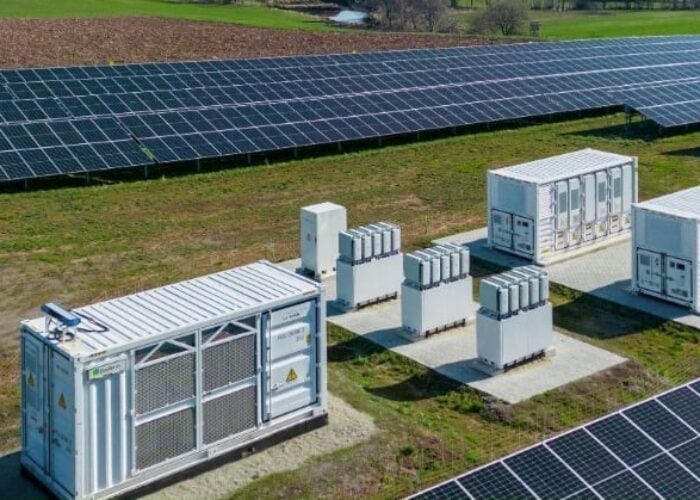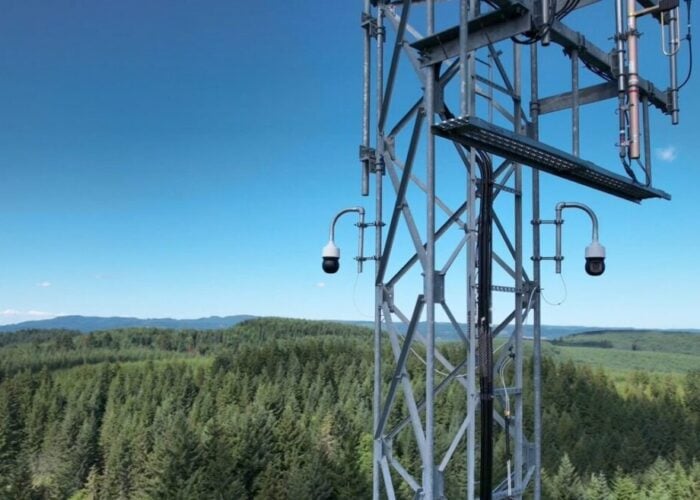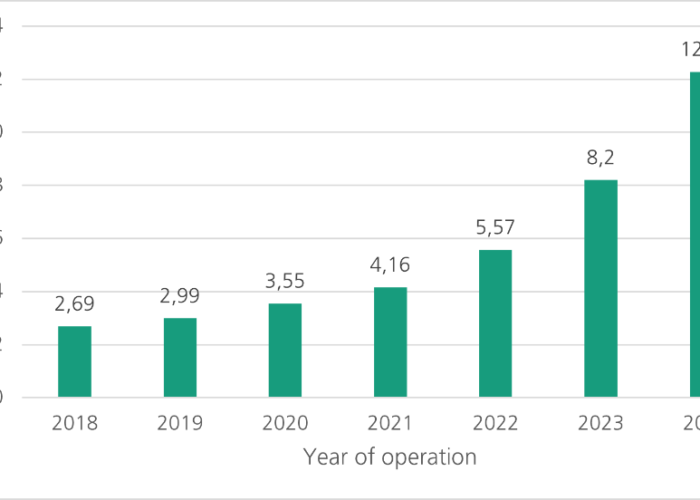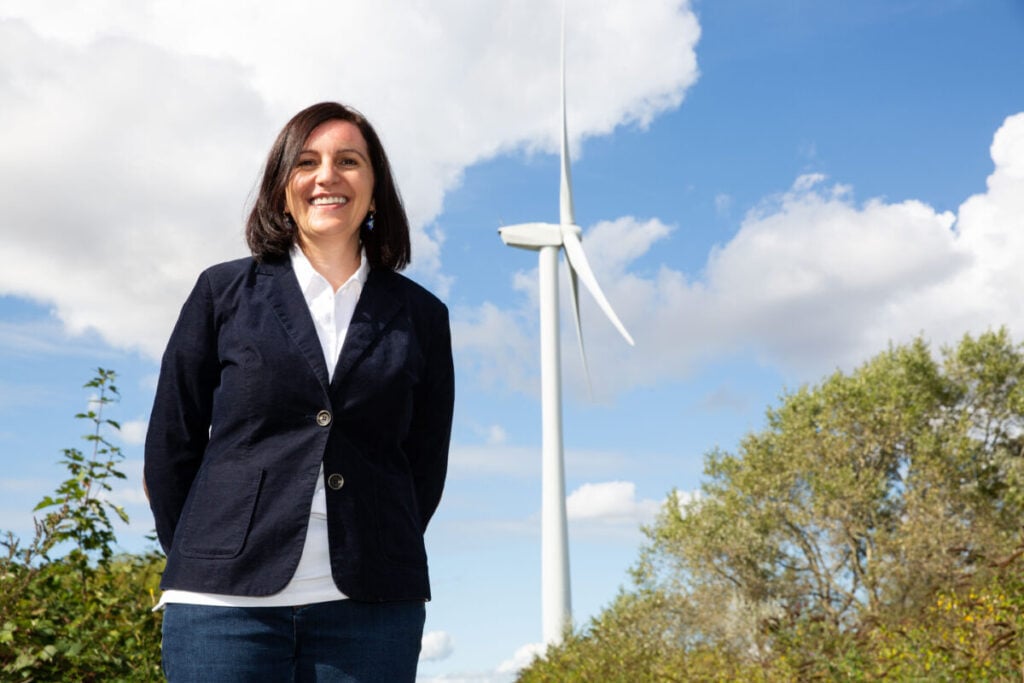
“2024 was a transformational year in terms of energy policy,” begins Monika Paplaczyk, chief investment officer at Thrive Renewables, who spoke to PV Tech Premium about the UK renewable energy sector this week.
Interest in the UK renewable sector in general, and solar sector in particular, is growing, as we approach the one-year anniversary of the election of the Labour government, which is notably more pro-renewables than its predecessor, and the upcoming launch of the solar roadmap to set out the UK’s long-term plans for the industry.
Try Premium for just $1
- Full premium access for the first month at only $1
- Converts to an annual rate after 30 days unless cancelled
- Cancel anytime during the trial period
Premium Benefits
- Expert industry analysis and interviews
- Digital access to PV Tech Power journal
- Exclusive event discounts
Or get the full Premium subscription right away
Or continue reading this article for free
Indeed, many of these components of the UK’s energy transition will be discussed at next week’s Clean Power 2030 Summits in London, which will bring together experts from the country’s solar, wind and green hydrogen sectors to plot a course towards the UK’s clean energy future until the end of the decade, where the government has already committed to clear targets.
“The government [has announced] its ambitions to double onshore wind, triple solar and quadruple offshore wind by 2030,” Paplaczyk tells PV Tech Premium. “Importantly, we saw immediate action – with the removal of the de-facto ban on onshore wind in England and positive planning decisions on some large solar projects that had been previously stalled.”
However, Paplaczyk points to a number of challenges for the UK energy sector in adjusting to these changes, namely that the country’s grid infrastructure will struggle to accommodate all of this new renewable power capacity, and the sustained deployment of solar projects in particular will saturate the market, and diminish the strong business case for solar that has been a key component of its popularity.
Financial and grid challenges for Europe and the UK
“One of the major challenges I am seeing in my role of chief investment officer is how rising interest rates and inflation within the supply chain is increasing the cost of capital and putting more pressure on project economics, making delivery more complex,” says Paplaczyk, highlighting some of the financial challenges in the global solar and storage industries, which are affecting the UK.
According to financial services firm Lazard, solar had become one of the most cost-effective electricity generation technologies in 2024, boasting a levelised cost of electricity (LCOE) of US$29-92/MWh for utility-scale projects, the lowest among PV sectors. This compares favourably to onshore wind, which had an LCOE of US$27-73/MWh, and the cheapest fossil fuel technology, combined cycle gas, with an LCOE of US$45-108/MWh.
However, the supply chain disruptions Paplaczyk points to – including the collapse of European solar manufacturer Meyer Burger and uncertainty about global trade viability – threaten this business case. This is compounded, she says, by uncertainty regarding the offtake agreements used to acquire power from these projects, which are an essential component of project financing.
“There’s also uncertainty when it comes to the route to market for these projects,” says Paplaczyk, whose comments reflect a growing desire for more specificity in offtake agreements across Europe. “While corporate power purchase agreements (PPAs) offer price certainty, many projects still struggle to secure viable long-term offtake due to price volatility, market fragmentation [and] project size credit.”
There are also financial challenges for the European grid environment, with the rapid pace of renewable energy deployment exceeding the rate at which new grid capacity has been added. According to a report from Beyond Fossil Fuels, E3G, Ember and the Institute for Energy Economics and Financial Analysis (IEEFA), more than 1,700GW of renewable energy capacity is awaiting grid connection in Europe, with the UK alone sitting on 722GW of wind and solar capacity, the most in the continent.
“Limited connection capacity and inefficient queue management have slowed down delivery timelines, meaning that projects could be waiting months or even years before they are able to add new clean capacity to the grid,” adds Paplaczyk. The European Commission estimates that, between 2024 and 2050, Europe will need to invest a staggering €2,294 billion (US$2,685.8 billion) into its grid infrastructure to meet its clean energy goals.
However, Paplaczyk notes that steps are being taken to improve, or sidestep altogether, grid connection delays, particularly in the UK.
“In April, Ofgem approved major reform to the grid connection process, with an aim to accelerate progress toward clean power by 2030 by pushing shovel-ready projects to the front of the queue,” says Paplaczyk. “Additionally, there are proposals to ensure smaller projects such as micro solar and community energy do not face delays due to large transmission upgrades.”
Market dynamics for solar and wind
Initiatives such as these, particularly those that include direct government support, could be essential if Europe is to meet its renewable energy goals, considering markets and policies can be radically different for different renewable technology types.
While the continent’s solar and wind capacities were relatively similar as of the end of 2024 – with 338GW and 285GW of capacity in operation, respectively – Europe added four times as much new solar capacity as wind capacity in 2024, making clear the direction of travel for the European clean energy space.
On the financial side, the Lazard report notes that the highest LCOE among solar sectors is rooftop residential, with an LCOE of US$122-284/MWh, while the most expensive form of wind technology is offshore, with a range of just US$74-139/MWh, a range of figures much narrower and lower than for solar.
“Although we believe that wind and solar are equally as important, they face different market dynamics,” explains Paplaczyk. “For example, solar has benefitted from falling technology costs and faster deployment timelines, but projects are now seeing tightening margins due to market saturation and high merchant exposure. Although onshore wind in England is back on the table following the removal of the de-facto ban, grid connection times remain a major obstacle to progress.”
However, Paplaczyk notes that this difference in market dynamics has not made her work particularly more difficult, instead pushing her, and other investors, towards newer types of projects, such as hybrid projects, those that combine several renewable technologies at a single site, and generation facilities co-located with battery energy storage systems (BESS).
“Instead of looking solely for new wind or solar opportunities, we’re increasingly focused on hybrid and co-location models – for example, a wind site that could also host a battery or solar array,” she says, reflecting a growing interest in hybrid and co-located projects in European power. “This ensures projects make the most of the grid connection available and builds financial resilience.”
Engagement and empowerment
These market dynamics have encouraged Thrive to focus on distributed solar projects, with Paplaczyk noting that 2019 was something of a turning point for the company in the UK.
“In 2019, we began diversifying and we have since added several rooftop and ground mount solar projects to our portfolio, most recently the 14MW Dunmow solar project in Essex,” she says.
In addition to the favourable market dynamics for these sectors, Paplaczyk argues that energy security, and the impacts of the energy transition, is felt keenly on a local level, perhaps explaining why May 2025 was among the best months on record for residential solar capacity instals in the UK, according to Solar Media Market research. Their figures also show that the UK residential sector has added around 320MW of capacity in 2025, and that the sector now accounts for around 20% of the UK’s operating solar capacity.
“Access to clean, secure and affordable energy is now a regional growth issue, not just a climate issue,” Paplaczyk explains. “What we really want to see is the definition of energy infrastructure broadened to include the concept of community ownership and local benefit.
“Community energy is one way to support this and offers invaluable insight for those already working in the sector – with local groups bringing trust, ambition and place-based knowledge and understanding that is essential to achieving a just and inclusive energy transition,” she continues. With projects such as the 49.9MW Forest Gate solar farm serving as effective proofs of concept for community solar facilities, there is optimism that there could be further growth in the sector.
“As well as delivering clean power to homes and businesses, smaller, community-owned projects can help stabilise the grid and create new local green jobs.”
Paplaczyk also pointed to a number of Thrive projects as evidence of growing interest in small-scale solar in general, and community solar in particular. These include the Community Energy Catalyst, a £40 million (US$54.9 million) joint fund operated with Better Society Capital, and the Ambition Community Energy turbine, a 4.2MW wind turbine in Bristol that is the UK’s largest turbine.
“It’s extremely important that people engage with and feel empowered to take a role in the energy transition,” she says.
On 1-2 July, PV Tech Publisher Solar Media will host the Clean Power 2030 Summits, comprising the UK Solar Summit 2025, the Green Hydrogen Summit UK 2025 and the Wind Power Finance & Investment Summit. Book your ticket here to attend the event and hear from industry experts including Monika Paplaczyk and UK energy minister Michael Shanks.

